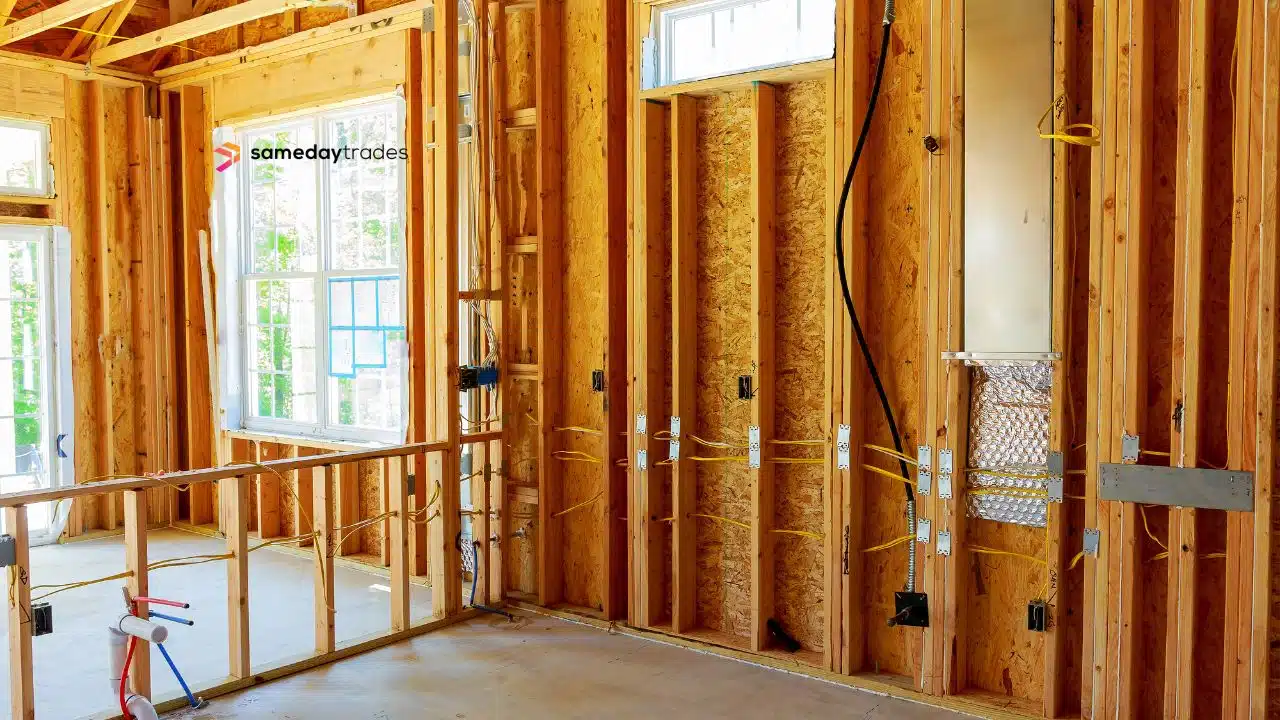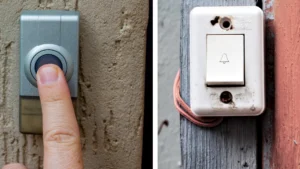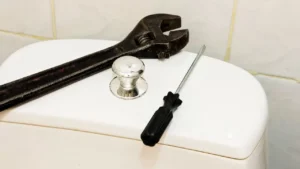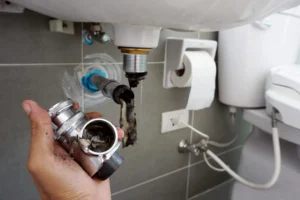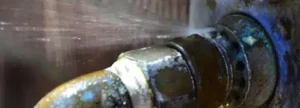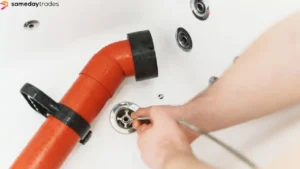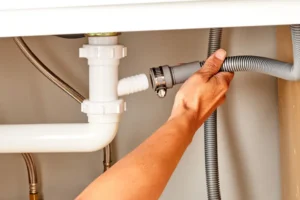Most homeowners don’t think about their home wiring—until something goes wrong. Flickering lights, tripping breakers, or a mysterious burning smell might seem minor at first. But these can be signs that your wiring is outdated or even dangerous.
Outdated electrical systems can lead to serious risks like electrical fires, damaged appliances, or frequent power disruptions. Knowing what to look for—and when to act—can help protect your home and everyone in it.
In this guide, we’ll cover the most common signs of outdated wiring, what types of systems are still in use, and when it’s time to consider a full or partial home rewire.
Why Outdated Wiring Is a Serious Concern
Outdated electrical house wiring isn’t just inconvenient—it can be hazardous. As homes age, the wiring behind the walls may not keep up with modern electrical demands.
Here’s why this matters:
- Fire risk: Frayed or overheated wires can spark and cause fires.
- Electrical shocks: Improper grounding or deteriorated insulation can lead to electric shocks.
- Tripped breakers and damaged devices: Old systems struggle to handle today’s appliances and technology.
- Home insurance issues: Many insurers require updated household electrical wiring for coverage.
The sooner you identify problems, the easier (and cheaper) they are to fix.
1. Common Signs Your Home Wiring May Be Outdated
Not sure whether your home wiring is due for an upgrade? These are some clear indicators to watch for:
Flickering or Dimming Lights
If lights flicker or dim when you turn on appliances, it may point to inconsistent voltage or an overloaded circuit.
Frequent Tripped Breakers or Blown Fuses
Modern electrical loads can overwhelm older panels, causing the system to trip or shut down more often than it should.
Discoloured Power Outlets or a Burning Smell
Darkened outlets, a warm switch plate, or any burning odour near outlets should be taken seriously—it could signal arcing or overheating wires behind the wall.
Two-Prong Outlets or Lack of Grounding
Older homes often have two-prong sockets that don’t provide a ground. This makes them unsafe for many modern electronics.
Buzzing Sounds from Switches or Outlets
Electricity should be silent. Any buzzing or crackling is a red flag.
Aluminium Wiring (Common in 1960s–70s Homes)
If your home was built during that time, it might have aluminium wiring, which expands and contracts with heat, loosening over time and increasing fire risk.
Overuse of Extension Cords
If you rely heavily on power boards and extension cords, it likely means your home doesn’t have enough outlets—another sign your house wiring isn’t keeping up.
These warning signs don’t always mean your system is unsafe, but they’re worth investigating—especially in older properties.
2. What Type of Wiring Is in Your Home?
Not all home wiring is created equal. The materials and layout of your system depend on the era your home was built in and whether any updates have been made.
Common Types Include:
- Copper Wiring: The current standard—safe, efficient, and long-lasting.
- Aluminium Wiring: Found in homes built between 1965 and 1975. It’s now considered unsafe due to corrosion and expansion issues.
- Knob-and-Tube Wiring: Extremely outdated. Found in homes built before the 1950s. Lacks grounding and isn’t suitable for modern demands.
- Cloth-Insulated Wiring: Also outdated. The insulation becomes brittle over time and is a fire risk.
If you suspect any of the above, especially aluminium or knob-and-tube, you should speak to an electrician about electrical rewiring options.
3. Should You Consider a Full Home Rewire?
A complete home rewire involves removing the old wiring and replacing it with modern copper wire, new outlets, and updated safety features like RCDs (residual current devices).
When a full rewire may be necessary:
- Your home is more than 30–40 years old and hasn’t been updated.
- You’re renovating or adding new appliances that demand more power.
- The switchboard is outdated or incompatible with modern protection devices.
- You experience multiple signs mentioned above.
If you’re not ready for a complete upgrade, partial rewiring is possible—but only if the rest of the system is in good condition.
In any case, rewiring a house is an investment that increases safety, improves reliability, and often boosts property value.
4. What Happens During Electrical Rewiring?
Rewiring a house is a significant job, but a good electrician will explain each step clearly and minimise disruption.
What’s typically included:
- Removal of old wires
- Installation of new copper wiring
- Upgraded switchboard with circuit breakers and safety switches
- Grounded power points and new sockets
- New cabling for lighting, outlets, and major appliances
- Proper insulation and protection using electrical shrink tubing
How long does it take?
A full home rewire usually takes 5–10 days, depending on house size and accessibility. Some homes may require wall patching or repainting after the job.
How much does it cost?
Cost varies depending on size, layout, and complexity—but in general, a full rewire can range from $4,000 to $15,000+ for larger properties.
While it’s not cheap, the long-term safety and peace of mind are worth it.
5. Maintenance Tips to Prevent Electrical Hazards
Even if your home isn’t due for a full rewire, proactive maintenance can go a long way:
- Have your electrical system inspected every 3–5 years.
- Test safety switches monthly to ensure they trip properly.
- Replace any discoloured or cracked power outlets.
- Avoid overloading power boards or circuits.
- Use licenced electricians only—never DIY your wiring.
If your home’s layout or appliance use has changed significantly, it’s worth having a licenced electrician assess whether your electrical house wiring is still up to code.
Conclusion
Outdated home wiring is more than just an inconvenience—it’s a potential hazard that grows more serious the longer it’s ignored.
If you’re noticing flickering lights, tripped breakers, or signs of wear around your power outlets, it could be time to take a closer look. Whether your home was built in the 1950s or the 1990s, wiring systems don’t last forever.
Upgrading your household electrical wiring not only ensures safety—it also brings your home up to modern standards, supports energy-efficient appliances, and improves resale value.
Don’t wait until a small issue becomes a serious risk. If you’re unsure about the condition of your wiring, book an inspection and get professional advice on whether electrical rewiring is needed.

